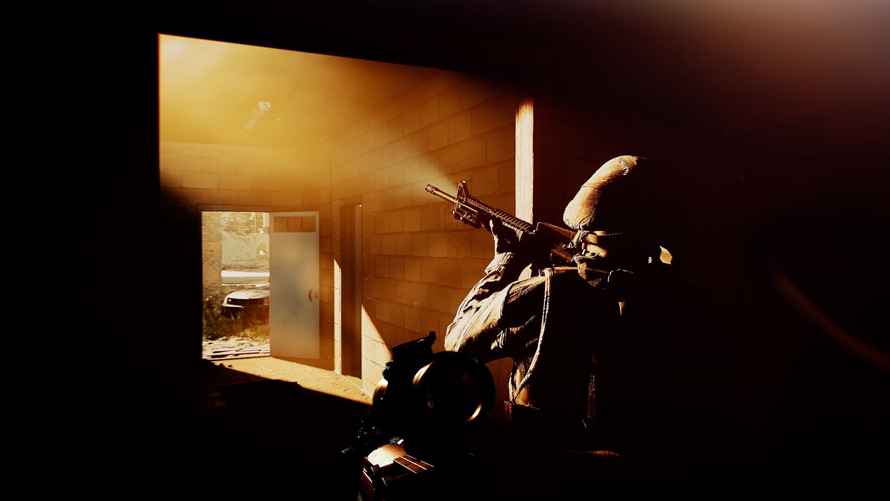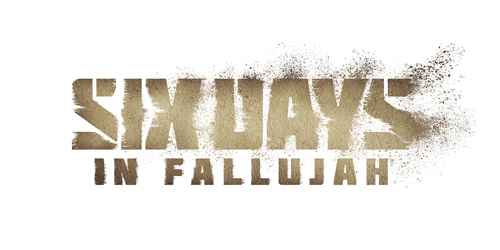Six Days in Fallujah Preview
The Second Battle for Fallujah in November 2004 was the bloodiest of the Iraq war, costing the lives of dozens of American and coalition soldiers and thousands of enemy insurgents. A battle between combined American, British, and Iraqi forces fighting against al-Qaeda in Iraq and a large number of other insurgency groups, Operation Phantom Fury was a terrifying, house-to-house, street-to-street conflict. Covered extensively through books and documentaries, Six Days in Fallujah brings the furious and deadly battle to PC and console gamers.
In development for a very long time, Six Days in Fallujah just dropped on Steam Early Access. Despite its lengthy journey to gamers’ hands, the current version is still missing some significant content, like a campaign or full tutorial.
Some gamers probably believe Call of Duty is a reasonably accurate warfare simulation. They are wrong, as playing even a few minutes of Six Days in Fallujah reveals. Aiming to be a hardcore military sim, there are no bullet-sponge friendlies or enemies, no weapon or armor upgrades or healing health packs to pick up. Soldiers can’t sprint weightlessly from cover to cover. With 75 pounds of gear, there are two options: moving slowly, or slightly less slowly.

Don’t Go It Alone
Six Days is a squad-based, tactical cooperative shooter. Is it possible to play alone? I guess, technically, it is. You can eschew matchmaking and jump right in. You will die within minutes, if not sooner. Just like the real thing, squad communication is the key to survival. Without a headset, mic, and the willingness to work together, Six Days in Fallujah is a no-fun, frustrating experience. With a team, it fares much better. Luckily, the military simulation community has really embraced the game. This means there will likely be experienced players to help guide you through the game and battlefield.
However, no matter how you play it, Six Days in Fallujah is an excellent insight into the actual battle and a visceral reminder that war is minute-to-minute hell. The game’s missions are bookended by interviews of actual participants in the 2004 battle, interlaced with battlefield video footage. It’s an effective bridge between real life and its virtual counterpart.

The game’s enemy AI is absolutely brutal, tactically savvy, and deadly accurate. As in the real world, there is often little indication of where fire is coming from. Moving from house to house means a likely encounter with a booby trap, hidden insurgents waiting in the shadows, or both. Snipers are everywhere. Some animations, like vaulting over walls, still need fine-tuning. Frame rates can be inconsistent.
Ears Ringing
While it’s located in an area that has been populated for millennia, Fallujah itself was a small town until the 1940s, when it began to grow, thanks to increased wealth from oil. Known for having over 200 mosques, Fallujah remained relatively undamaged by the Iraqi war until the 2004 battle. Six Days in Fallujah does an excellent, highly detailed job of recreating neighborhoods turned to rubble aside intact areas and pays close attention to visual authenticity.

The game’s sound design is impressive, and it’s of critical importance when trying to locate enemy placement. The effective use of ambient occlusion and reverb, mixed with genuinely impactful weapons and explosions, really helps to sell the experience. Although there’s no music during gameplay — because in real life, there’s usually not a soundtrack. The music for loading screens and the documentary sections is excellent.
Six Days in Fallujah occupies a very specific niche. It’s a hardcore infantry sim, tuned almost exclusively for coop multiplayer. Fans of casual shooters like Call of Duty may find it slow and unforgiving. But Six Days in Fallujah does an amazing job of recreating a very specific battlefield experience, and I’m looking forward to following its continued development.
***PC code provided by the publisher***

